This article provides a rough chronological overview of the development of microphones. This is the first half.
1876: The Birth of the Telephone
One of the key aspects of telephone development was converting sound into electrical signals. While Alexander Graham Bell is credited with inventing the telephone, the reality was somewhat chaotic, and depending on the perspective, multiple inventors contributed. Here, I will focus on the microphone aspect. During his experiments, Bell initially considered a microphone structure similar to a guitar pickup with a battery attached. However, since there were no amplifiers at the time, this approach was impractical and required improvement.
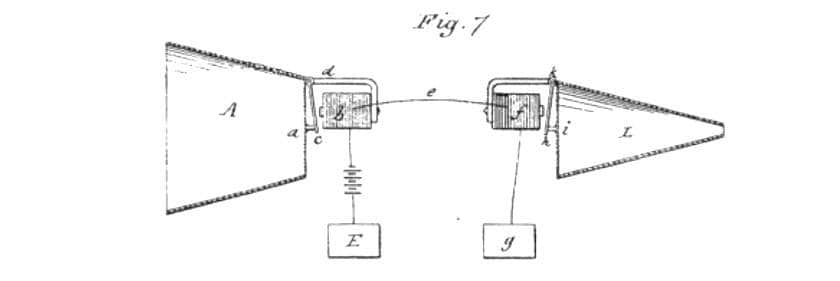
The first usable microphone from this era was the liquid transmitter. At the time, the term ‘microphone’ was not yet used; instead, it was referred to as a ‘transmitter’ in telephone technology. While Bell is credited with this invention, Elisha Gray also sketched a similar concept, raising suspicions about its originality. This led to a lawsuit between Bell and Gray, but in the end, Bell’s patent was recognized. (By the way, Gray’s drawings were more refined.)
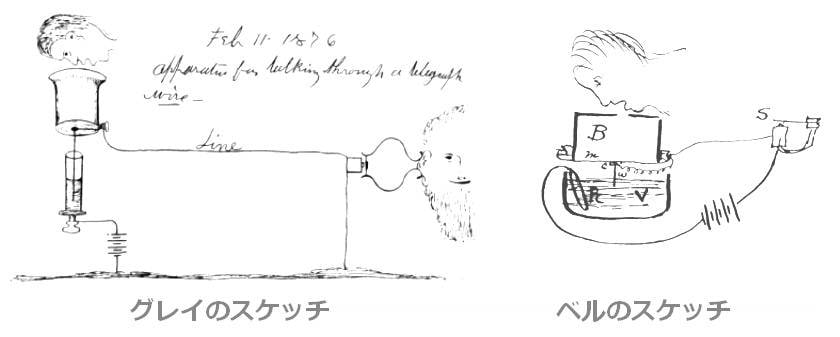
Gray had previously developed a keyboard-based Musical Telegraph, an electronic instrument that incorporated an oscillator. Although initially intended as an experiment and promotional tool for multiplex telegraphy, it appeared as a full-fledged polyphonic electromagnetic instrument. It later influenced the Telharmonium.
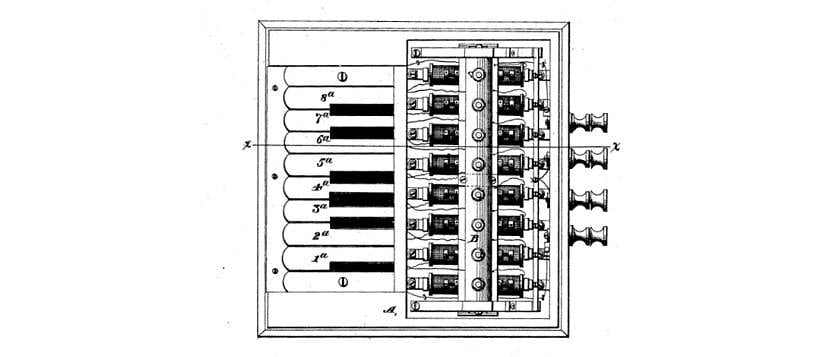
1877-1880: The Simultaneous Invention of the Carbon Microphone
Liquid-type microphones had low sensitivity and were inconvenient due to the use of liquid, making further improvements necessary. The need for a more practical telephone was evident, and many inventors sought to overcome existing issues. Naturally, similar approaches emerged, leading to inevitable patent disputes.
Edward Hughes developed a working solid carbon microphone but did not file a patent. Perhaps he anticipated legal conflicts and preferred to publicly disclose his invention to establish precedence.
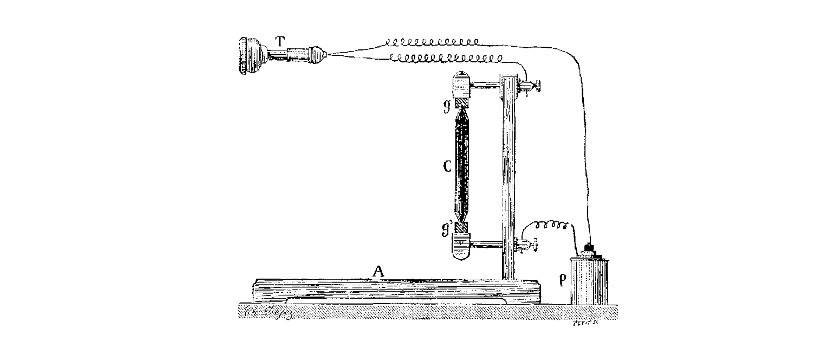
Thomas Edison, the famous inventor, also had his research team develop and patent a carbon microphone.
Emile Berliner, who later invented the disc record, also invented a transmitter and filed a patent before Edison. Bell Labs purchased his patent and even hired Berliner.
Francis Blake created an excellent transmitter, leading Bell Labs to hire him as well.
This eventually resulted in a legal battle between Edison and Bell Labs. In the end, Edison’s patent was recognized. However, it was Berliner and Blake who refined the carbon microphone into a practical device, which contributed to the rapid spread of telephones.

Although carbon microphones produced electrical noise, they had high sensitivity and an inherent amplification effect, making them well-suited for telephones. This basic structure remained largely unchanged and was used until the 1980s.
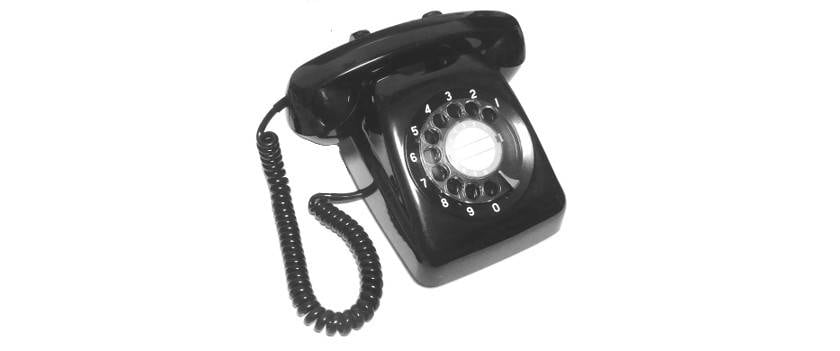
Post-1915: The Practical Use of Vacuum Tubes
Before vacuum tubes, the concept of a microphone as a standalone device was weak—it was merely a component necessary for telephony. With the development of vacuum tube amplifiers, preparations for radio broadcasting began, and microphones became independent products. By the 1930s, most types of microphones in use today had already been commercialized.

1928: The Condenser Microphone
Neumann CMV3
The Neumann company, renowned for high-end microphones, released a condenser microphone for radio broadcasting. The condenser microphone itself was invented in 1916 by E.C. Wente at Bell Labs, likely as a natural extension of the carbon microphone. Since condenser microphones have lightweight diaphragms, they can capture delicate sounds. However, they are structurally complex, expensive, and require careful handling. Additionally, they need DC bias voltage, making them less convenient. Nonetheless, they are the leading type of microphone for professional recording.

Below is the Neumann U87Ai, a modern classic that still exudes authority.

1931: The Ribbon Microphone
RCA PB-31
This microphone was developed for radio broadcasting. It features a thin ribbon as the diaphragm, which is loosely suspended to minimize movement restrictions, resulting in a uniquely smooth and warm sound. However, ribbon microphones are delicate, susceptible to wind blasts, and have low sensitivity, which led to their gradual replacement by condenser and dynamic microphones.

For a period, ribbon microphones nearly disappeared, but their distinctive sound has led to a resurgence in recent years. Below is the Audio-Technica AT4080, a relatively new ribbon microphone released in 2010. Its low sensitivity is compensated by an internal amplifier, requiring phantom power.

1931: The Dynamic Microphone
Western Electric 618A
E.C. Wente, who developed the condenser microphone, was also involved in its development. Even today, dynamic microphones are indispensable in music production due to their durability and ease of use.
Structurally, dynamic microphones are almost identical to modern speakers and closely resemble the electromagnetic microphone sketches drawn by Bell in the 1870s. The first patent for this type of microphone was filed by Werner von Siemens in 1874. I will provide a detailed explanation separately.

When it comes to iconic dynamic microphones, the Shure SM58 inevitably comes to mind. Since its release in 1966, it has remained a best-seller for over 50 years.

To be continued in the second half.
The “sound & person” column is made up of contributions from you.
For details about contributing, click here.






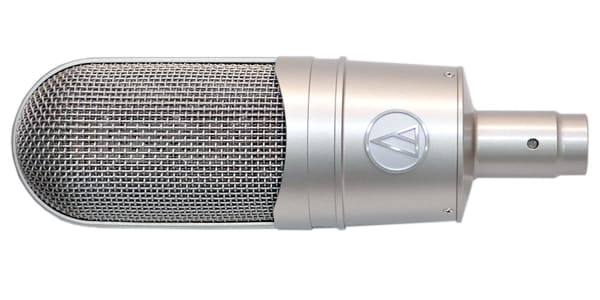
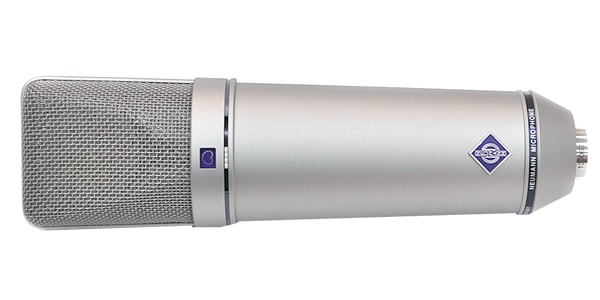
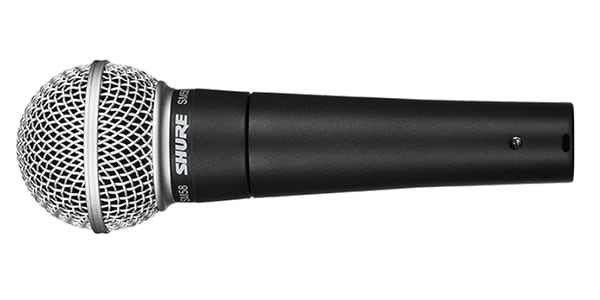





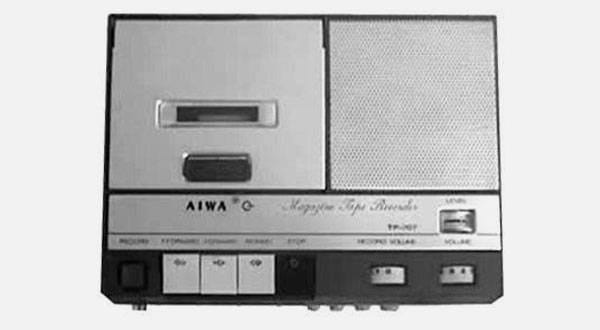

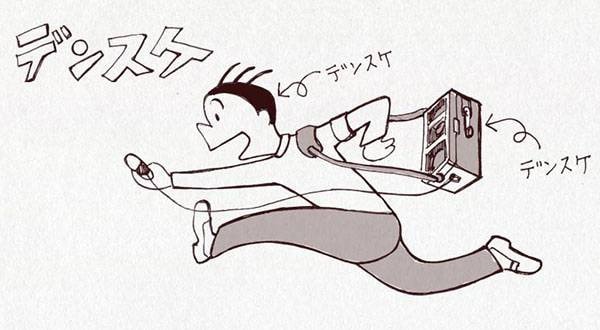
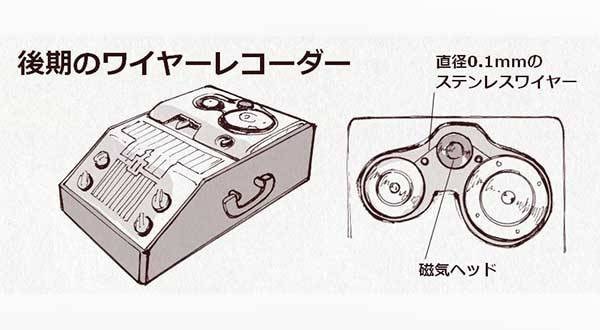
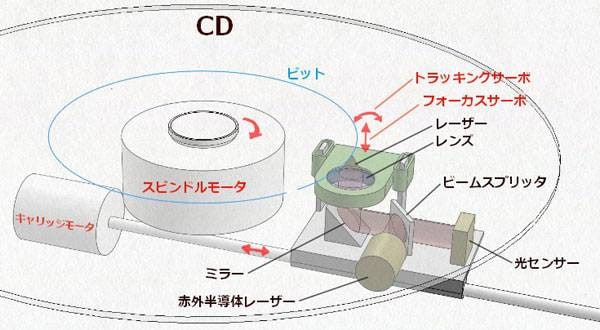
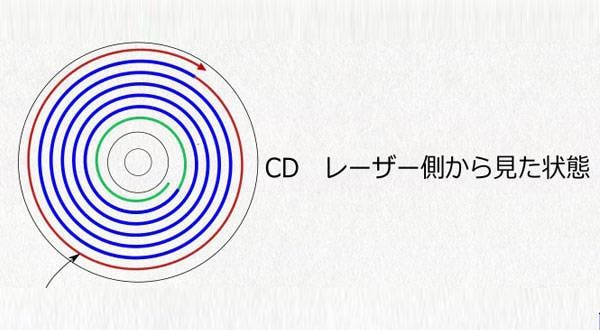
 AKG マイクセレクター
AKG マイクセレクター
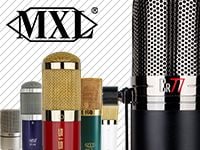 MXLマイク購入ガイド
MXLマイク購入ガイド
 コンデンサーマイクとは
コンデンサーマイクとは
 マイクケーブルの作り方
マイクケーブルの作り方
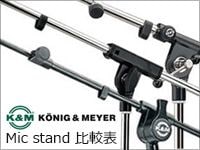 K&M マイクスタンド比較表
K&M マイクスタンド比較表
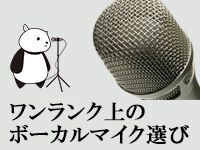 ワンランク上のボーカルマイク選び
ワンランク上のボーカルマイク選び















